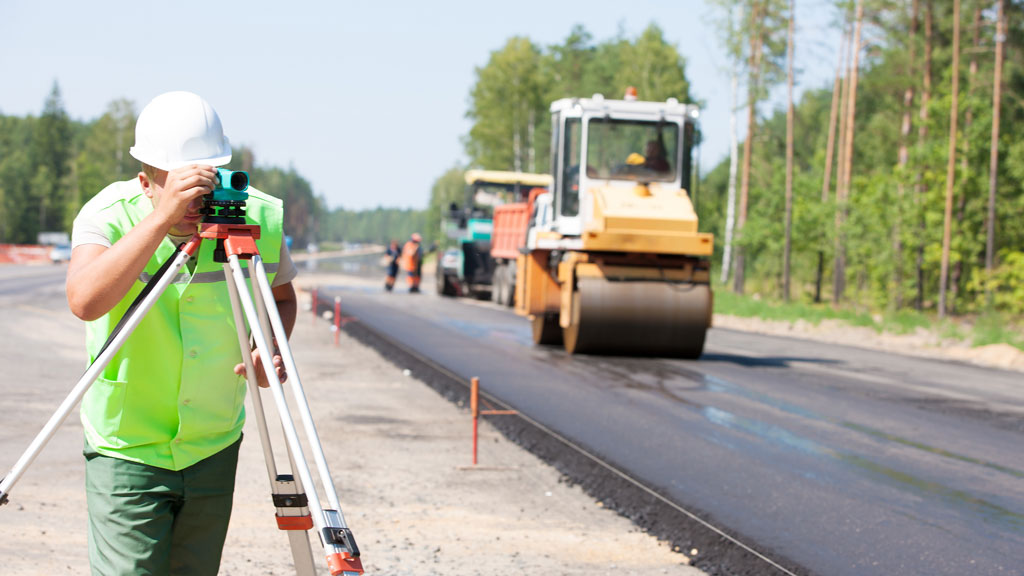Infra
New report slams the ludicrously high cost of building transit in Toronto

Given the bonkers, ever-increasing price estimates of new transit lines in Toronto, it’s no wonder that people are calling the provincial government out for hemorrhaging public funds so freely.
The latest rebuke comes in the form of a report from the Toronto Region Board of Trade, which says that the current way of getting these projects done is eroding public confidence and “damaging our city’s livability and business competitiveness, and prolonging the congestion crisis.”
Cost of Toronto’s Ontario Line subway has ballooned by billions of dollars more https://t.co/DuU82O6Bwb
— blogTO (@blogTO) June 21, 2024
The board cites a staggering $700 million per kilometre price tag, on average, for new routes in and around the GTA, which is a far cry from the $103 million/km that such infrastructure costed for decades up until the ’00s.
On top of soaring costs, delays have also become the norm — the cursed Eglinton Crosstown LRT, now four years late after thirteen years of construction, being just one example.
“We can’t afford to get transit wrong,” the group urges. “In the aftermath of high-profile projects that have faced delayed openings and soaring budgets, we need to ensure we’re learning lessons and addressing past mistakes.”
Almost nobody believes Toronto’s Eglinton Crosstown LRT will open this year https://t.co/GdZwgh0LKl
— blogTO (@blogTO) April 23, 2024
Eschewing an overly negative tone, the 29-page document goes on to offer some solutions for the government: among them, developing a detailed long-term transit plan (and actually adhering to it), and clearly establishing who is in charge of what within a project — and which roles stakeholders and workers will play — before it starts.
These points are obvious digs at the “two steps forward, one step back” process of seemingly every new line in the city, with designs in some cases going back to the drawing board mid-construction, forcing crews to demolish and re-do features they’d just completed.
Then there are the multiple disputes between parties involved in the work, like the one about who is responsible for a future link between the Scarborough Subway Extension and the Eglinton East LRT, as well as the years of litigation between Metrolinx and the construction consortium it hired for the Crosstown.
Let’s not forget the impromptu relocation of the Ontario Science Centre, which will now necessitate the renaming of the already-complete Line 5 station named after the institution, not only throughout the station itself but also on all maps and other materials. It is somehow not the only station getting a new title very late in the game.
One of the TTC’s newest subway stations just got $60 million more expensivehttps://t.co/6XZTjtPw80
— blogTO (@blogTO) August 9, 2024
Also on the board’s list of recommendations are opting for lower-cost, more simple modular design and building methods; utilizing more advanced construction technology (including specialized labour); and working to build more support and excitement in the community “for the vision and benefits of transit projects.”
“Transit planning and implementation has often fallen victim to changing political winds and shifting government priorities, with projects started and abandoned, debates over modes, stations, and alignments, and a lack of cohesiveness and consistency in decision-making. In this environment, costs can escalate quickly,” the report continues.
“With a booming population and travel patterns increasingly crossing municipal boundaries, regionally integrated transit infrastructure is more important than ever. We call upon Metrolinx and the Province t to take stock of lessons learned during delivery and document them in a clear, transparent manner to allow for ongoing accountability and improvement.”
The region’s population will grow by 46% by 2044. After decades of under investment we must expand our transit network to support livability, productivity, and alleviate congestion. With $80 billion in transit projects underway, we need to get it right. pic.twitter.com/Cme9v5BEp4
— Toronto Region Board of Trade (@TorontoRBOT) August 29, 2024
The appeal is well-timed, in the wake of updated estimates that have recently come to light for the Ontario Line, now set to be $1.74 billion per kilometre; the Eglinton East LRT, potentially $250 million per km, the $250 million contract Ontario granted for just 500 m of the Eglinton Crosstown West Extension, and others.










